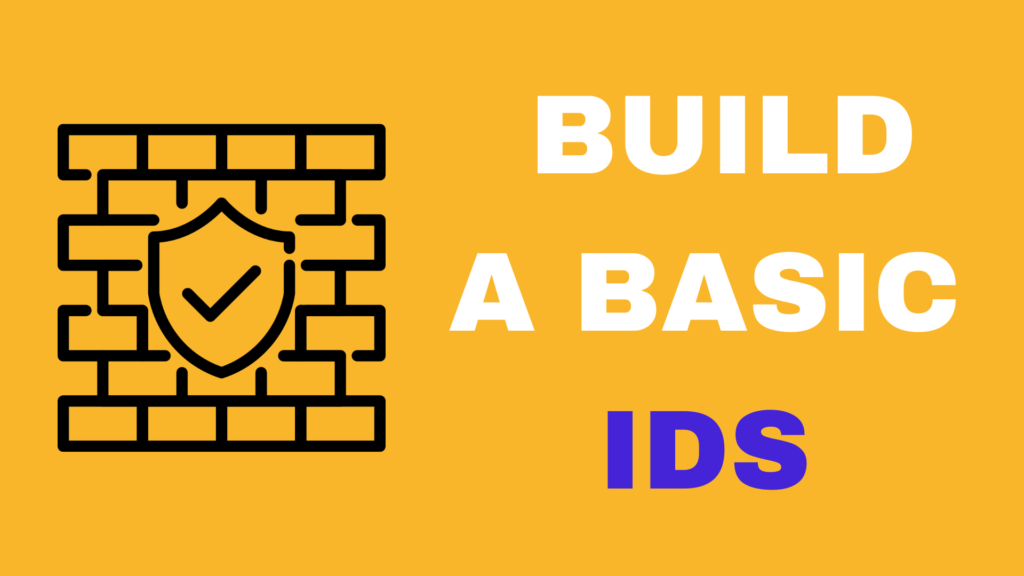Welcome to our tutorial on learning SQL injection! SQL injection is a type of cyber attack that targets databases and allows an attacker to gain unauthorized access to sensitive data. It is important for web developers and database administrators to understand how to prevent SQL injection attacks, as they can lead to serious security breaches and damage to a company’s reputation.
In this tutorial, we will cover the following topics:
1. What is SQL injection and how does it work?
SQL (Structured Query Language) is a programming language used to communicate with databases. It is used to create, update, delete, and retrieve data from a database.
SQL injection is a type of cyber attack that occurs when an attacker exploits vulnerabilities in a website’s database by injecting malicious code into a SQL query. This allows the attacker to gain access to sensitive data, such as user passwords and personal information, or to manipulate the data stored in the database.
SQL injection attacks often occur when a website’s input fields, such as login forms or search bars, are not properly validated and sanitized. An attacker can enter malicious code into these fields, which is then executed by the database as a legitimate query.
For example, consider a login form that asks for a username and password. An attacker could enter the following into the username field:
' OR '1'='1
The single quotes around the OR statement indicate to the database that the input is a string, and the 1=1 statement is always true. As a result, the database will return all rows in the table, effectively bypassing the login form and granting the attacker access to the website.
2. Types of SQL injection attacks
There are several types of SQL injection attacks, each with its own unique characteristics. Some common types of SQL injection attacks include:
- In-band SQL injection: This type of attack occurs when the attacker is able to communicate directly with the database through the website. This is the most common type of SQL injection attack.
- Out-of-band SQL injection: This type of attack occurs when the attacker is unable to communicate directly with the database through the website. Instead, the attacker will use a secondary channel, such as email or a separate website, to access the database.
- Union-based SQL injection: This type of attack occurs when the attacker is able to append additional SQL statements to an existing query. This allows the attacker to retrieve additional data from the database that they would not normally have access to.
- Blind SQL injection: This type of attack occurs when the attacker is unable to see the results of their injected SQL statements. Instead, they must rely on the website’s responses to determine if their injection was successful.
3. Prevention and protection against SQL injection attacks
There are several steps that web developers and database administrators can take to prevent and protect against SQL injection attacks. These include:
- Validating and sanitizing user input: One of the most effective ways to prevent SQL injection attacks is to ensure that all user input is validated and sanitized before being passed to the database. This includes checking that input meets certain criteria (such as being a certain length or only containing certain characters) and removing any potentially malicious code.
- Using prepared statements: Prepared statements allow developers to write SQL queries in a way that separates the data from the query itself. This makes it much harder for attackers to inject malicious code into a query, as the data is treated as a separate entity.
Using parameterized queries: Similar to prepared statements, parameterized queries allow developers to specify placeholders for data in a query. The data is then passed separately to the query, making it much harder for attackers to inject malicious code.
Using stored procedures: Stored procedures are pre-written SQL queries that are stored in the database. By using stored procedures, developers can limit the types of queries that can be executed on the database, making it harder for attackers to inject malicious code.
Using input filters: Input filters are used to block certain characters or strings from being entered into a website’s input fields. This can help prevent attackers from injecting malicious code into a query.
Implementing proper authentication and authorization: Ensuring that only authorized users have access to sensitive data and that all users are properly authenticated can help prevent SQL injection attacks.
4. Testing for vulnerabilities
It is important for web developers and database administrators to regularly test their websites and databases for vulnerabilities to SQL injection attacks. There are several tools and methods that can be used to test for vulnerabilities, including:
- Manual testing: This involves manually entering potential malicious code into input fields and observing the website’s response.
- Automated testing tools: There are several automated testing tools available that can scan a website or database for vulnerabilities to SQL injection attacks. These tools can save time and provide a more comprehensive analysis of a website’s security.
- Penetration testing: Penetration testing, also known as “pen testing,” is a type of security testing that simulates a real-life cyber attack on a website or database. It can help identify vulnerabilities and provide recommendations for improvement.
5. Real-life examples of SQL injection attacks
SQL injection attacks can have serious consequences for both individuals and businesses. Some real-life examples of SQL injection attacks include:
- In 2014, a SQL injection attack on JPMorgan Chase resulted in the exposure of the personal information of 76 million households and 7 million small businesses.
- In 2018, the website of British Airways was hacked through a SQL injection attack, resulting in the personal and financial information of approximately 380,000 customers being compromised.
- In 2019, the database of the Marriott hotel chain was hacked through a SQL injection attack, exposing the personal information of up to 500 million guests.
These examples demonstrate the importance of understanding and preventing SQL injection attacks. By following the prevention and protection techniques outlined in this tutorial, web developers and database administrators can help ensure the security of their websites and databases.
We hope that this tutorial has been helpful in understanding SQL injection attacks and how to prevent them. Remember to always validate and sanitize user input, use prepared statements and parameterized queries, implement proper authentication and authorization, and regularly test for vulnerabilities. By following these best practices, you can help protect your website and database from SQL injection attacks.
TL;DR:
- SQL injection is a type of cyber attack that targets databases and allows an attacker to gain unauthorized access to sensitive data.
- SQL injection attacks occur when a website’s input fields are not properly validated and sanitized, allowing an attacker to inject malicious code into a SQL query.
- There are several types of SQL injection attacks, including in-band, out-of-band, union-based, and blind SQL injection.
- Prevention and protection against SQL injection attacks include validating and sanitizing user input, using prepared statements and parameterized queries, using stored procedures, using input filters, and implementing proper authentication and authorization.
- Testing for vulnerabilities includes manual testing, automated testing tools, and penetration testing.
- Real-life examples of SQL injection attacks include the JPMorgan Chase attack in 2014, the British Airways attack in 2018, and the Marriott hotel chain attack in 2019.


